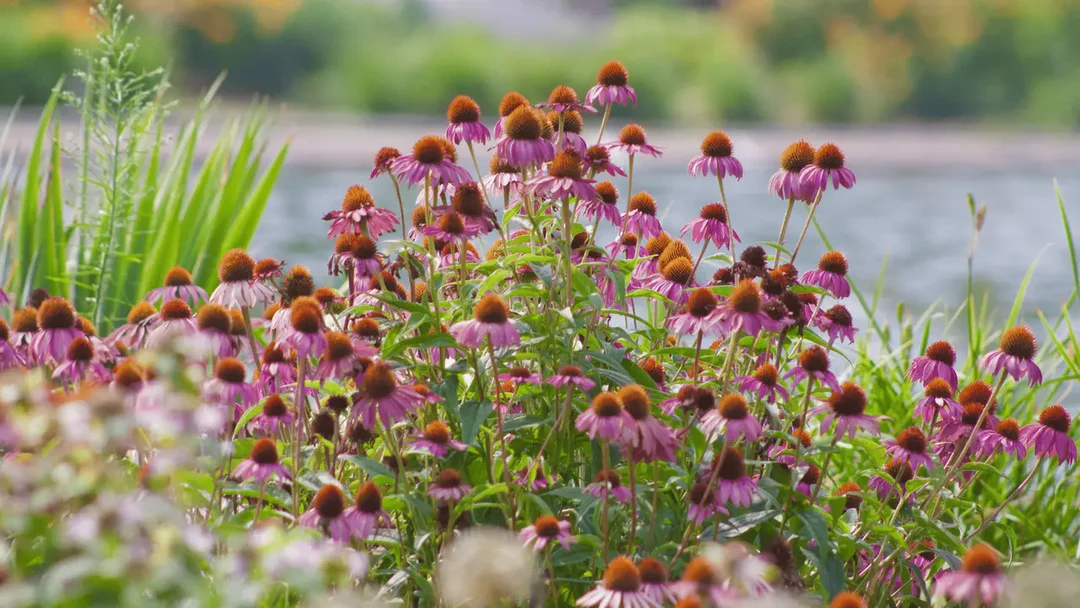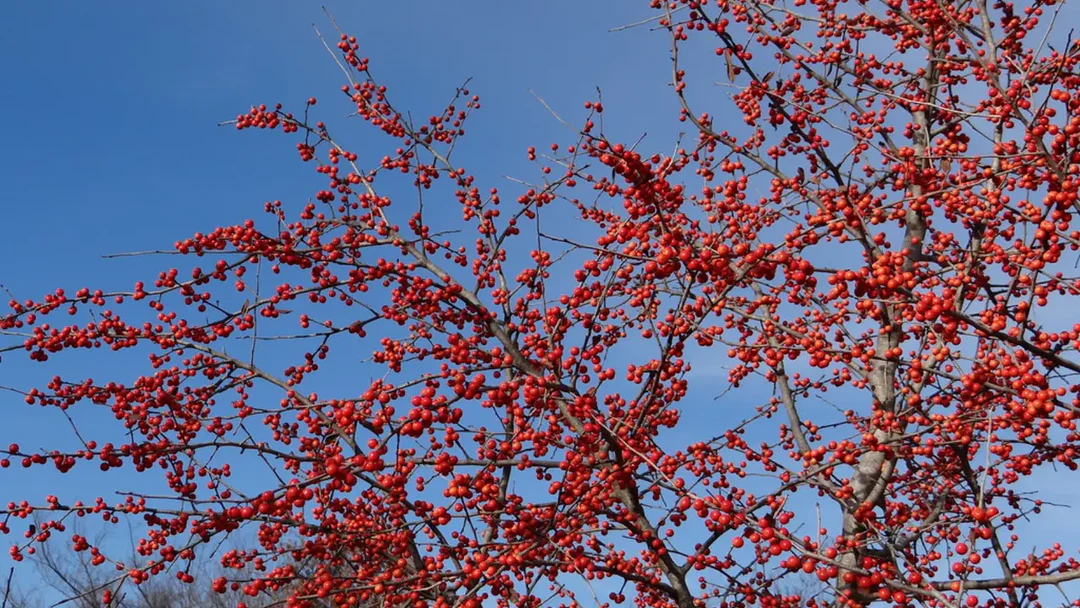Texas Redbud, Texas’ own Cherry Blossom

I don’t know about you, but come February, I’m beginning to tire of the lack of color in the garden. Don’t get me wrong, I love the amber shades of winter, with the golden grasses arching in the winter wind and the seed-heads left by the coneflowers. But I’m an impatient gardener, ready for excitement once February hits. Enter the redbud, one of the first to bloom in late winter.

Cauliflory is a botanical term referring to plants that flower and fruit from their main stems or woody trunks rather than from new growth and shoots. It is rare in temperate regions but common in tropical forests. Here in Texas, we have several cauliflory trees, such as the Mexican Plum and Mexican Buckeye, but the Texas redbud is one of my favorites. The heart-shaped leaves and rounding growth habit make the redbud a beautiful addition to a shadier garden. It’s also an early nectar source for butterflies, moths, and bees and a larval host plant for the Henry’s Elfin butterfly.


Cercis canadensis var. Texensis is more drought tolerant than the more widely used Cercis canadensis var. Canadensis has smaller, more glossy, and usually hairier leaves with wavy edges, more of a tendency to have red seed pods, and a more diminutive stature, generally growing between 10’-20’. Color-wise, you can find them in white, pink, and magenta.
Although redbuds can take full sun, they perform better and maintain a healthy appearance during the hotter summer months if placed in Part to dappled shade.

Regarding garden design and placement, they make a beautiful statement as a solo ornamental tree but make a bold statement when planted in pairs or threes. I love using them to create symmetry by placing them on both sides of the yard but not mirrored. For example, one is closer to the house on the left bed, and the other is in an island bed on the right. This frames the home and creates depth in your landscape. Adding another cauliflory tree, such as the Mexican plum, can increase the wow factor by adding additional color and texture.
Although it’s not the Texas Redbud, the Purple-leaved eastern redbud is a beautiful addition to the garden for its early spring color and purple leaves throughout the growing season. Be mindful that these will grow to 25’-35’ and need more space to be genuinely appreciated. Although it is unavailable on our website, the Purple-leaved redbud can be purchased by phone for pickup or local delivery.

The Texas Redbud is also NICE Native Plant Partners 2024 Plant of the Season.







Leave a comment